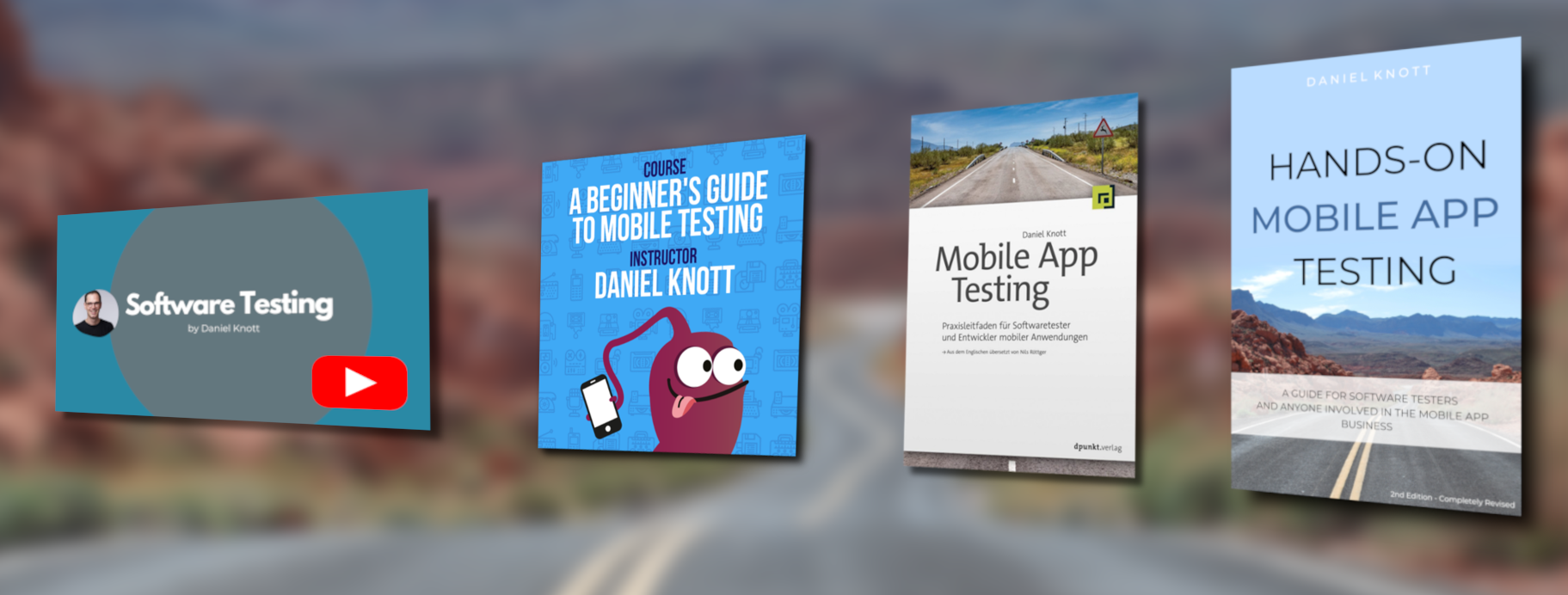I recently wrote an article for InformIT to give some more insights into mobile app testing. The article I wrote is called “Top 10 Best Practices for Mobile App Testing“. The complete article can be found here, the following post contains only an excerpt of the article.
Top 10 Best Practices for Mobile App Testing
- Know your customers
One of the biggest challenges in the mobile app world is high user expectations. Mobile users expect much more from mobile devices and mobile apps than from other applications like those for the Web or desktop. […] - Create device groups
Based on knowledge of the customers, mobile app testers can create mobile device groups, which help to downsize testing efforts in the mobile world. For example, mobile app testers can create groups A, B, and C, with each group having a different priority, such as high, medium, and low. […] - Don’t skimp on standard test methods
Experienced software testers are familiar with software testing terms and techniques such as boundary values, equivalence classes, different coverage types, and acceptance criteria. […] - Test on various data networks
Testing in various types of data networks is one of the most important scenarios for testing mobile apps. […] - Test in different languages
If a mobile app is used in different countries, that app very likely will need to support different languages. In that case, mobile app testers must test the app against the various languages it supports. […] - Test against all major hardware features
Mobile devices are packed with powerful hardware and sensors to interact with users and their surroundings. […] - Thoroughly test for standby, interrupt, and battery issues
Another very important test is the standby test, in which we check whether the mobile app can handle the standby mode. Testers need to look for UI glitches, data handling, and whether the app maintains state when entering and leaving the standby mode. […] - Test updates and install/uninstall procedures
Before submitting a mobile app to an app store, testers need to test the app’s update and installation processes. Every major mobile platform offers tools to test the update process, in order to simulate updating from an older app version to the latest one. […] - Test usability in multiple ways
Throughout the complete mobile app development and testing lifecycle, it is very important to check usability. Mobile users have very high expectations for the usability of their apps. All UI elements must be easy to use and understand, and the app must provide clear explanatory text and error messages. […] - Restrict permissions and check all log files
The last point in suggested best practices for mobile app testing deals with app permissions and log files. During the development and testing phase, mobile app testers need to verify that the app is using only the permissions that the app requires, and no more. […]
#HappyTesting

